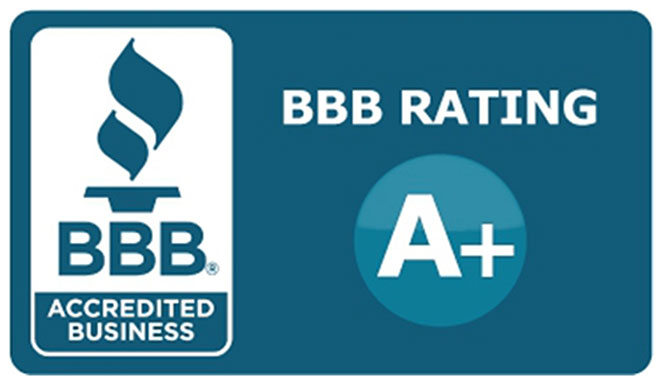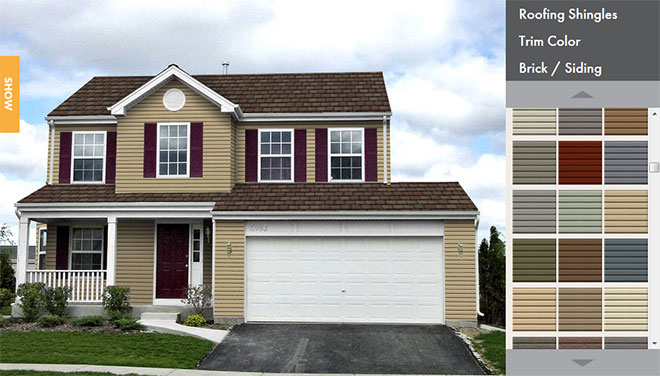Commercial Built Up Roofing (BUR) Contractor MN
At United Roofing & Remodeling we have been installing commercial “built-up” roofing systems for over 20 years. Not only have we become the local Twin Cities experts on built-up commercial roofing but this type of roofing system has been around for over 100 years!
Built-Up Roofing systems or “BUR” systems are time tested and proven to be one of the best solutions for your commercial roof today. BUR systems have been around since the mid-1800s. Modified bitumen and hybrid systems were introduced in the early 1970s leading to more proven performance with bitumen-based roofing systems. Whether you implement a built-up roof, modified bitumen roof or a hybrid system, each offers options and performance advantages such as tensile strength, redundancy, flexibility and impact resistance – when combined increase the systems’ longevity and reduce the chances of premature failures.
Built Up Roofing – An Investment That Lasts
It’s simply an issue of protecting your investment. When compared to the potential cost from damage of a poorly installed single-ply roof, the cost of a Built-Up Roofing system is minimal. You need to protect the business and your investment below so make sure the investment you make above is with a quality commercial roofing solution that will stand the test of time and mother nature.
The Built-Up Roofing (BUR) System is the most common low-slope roofing. A BUR system uses reinforcement felts and asphalt or coal-tar. A multi-ply system (three to four layers of felt with inter-ply layers of waterproofing bitumen) provides redundancy and strength to resist rooftop stresses and changing environmental conditions. A critical requirement for extreme Twin Cities weather conditions.
Built-Up Roofing (BUR) System Benefits
- System Longevity – Each ply of a Built-Up Roofing system contains a mat of glass fiber reinforcement while most single-ply systems contain no reinforcement at all. When multiple plies are combined and positioned between layers of water-resistant asphalt, the result is a longer lasting roof.
- Easy and economical to maintain. And if necessary, can be repaired with conventional, time-proven materials, resulting in extended service life.
- Product and material improvements have enhanced an already high-quality system.
- Limited Roof Movement – All roofs expand and contract, especially in the cold weather states. A Single-ply roof typically responds by elongating its infrastructure. Over time single-ply systems can lose their elasticity, resulting in buckling, ridges and splits. A Built-Up Roof, however, dramatically limits movement with a high tensile strength in excess of the recommended 200 lbs./sq.in. Fracturing is essentially all but eliminated, and the Built-Up Roof will last longer. A larger critical mass enables the roof to tolerate surface punishment
- Superior Water Resistance – It’s simple, multiple layers of reinforcement offer more protection thus reducing the risk for leaks, whereas, a single-ply membrane only offers one chance at preventing a leak. Additionally, nothing compares to asphalt when it comes to making a roof water resistant. Asphalt is the glue that holds a Built-Up Roof together. It seals and protects the entire roof, delivering up to five times greater water-resistant thickness.
- Easier Installation – In the case of hot Built-Up Roofs, the multiple plies get joined/fused together using hot-mopped asphalt to create a monolithic barrier. Every inch is firmly and completely adhered over the entire roof area, without the need for ballast or fasteners. Single-ply systems require ballast or fasteners because they are generally laid loose. But ballast (such as stones) increases structural load and can be blown off by strong winds. Fasteners can also create less stress points and additional opportunities for moisture leakage.
Call us for a Free Quote at: (612) 617-1717 Or Request a Quote online


 Click Here
Click Here Click Here To Use
Click Here To Use